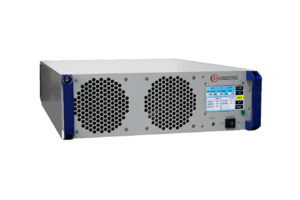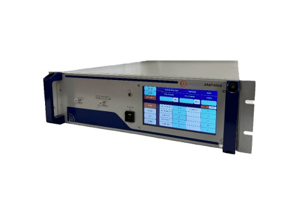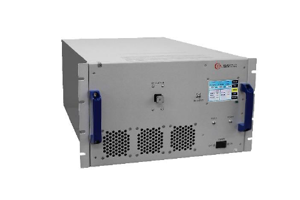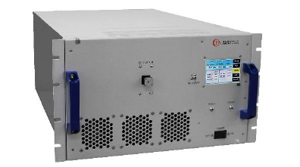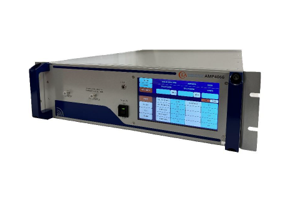Millimeter-Wave Amplifiers
ABOUT
Millimeter-Wave Products
Electromagnetic radiation is a form of wave that varies from radio waves to gamma radiation. Waves, as we know are the way energy travels. Radio waves have been known since the time of Marconi and Hertz. However the electromagnetic radiation that we now know of ranges from the micrometer wavelength to much larger. Waves are characterized by their wavelength and by their frequency. The product of their frequency and wavelength is the speed of the wave. All electromagnetic waves travel at the speed of light. Since speed of light is constant we can deduce that frequency and wave length are inversely proportional. As such when wavelengths are reduced, their frequency is increased and when frequency is increased their wavelengths are reduces. Millimeter waves describe the length of one wave, in this case there are measure in millimeter as such they are below visible light spectrum but are greater than radio waves.
Millimeter waves are being used recently in scanner technology. Scanner technology is a sensitive issue where personal privacy must be weighed against collective security. Air travel in the US and many other countries has been forced to intimately search and scan passengers to a point of embarrassment. This millimeter wave technology will be able to get past the embarrassing searches and scan through clothes for hidden objects, but will not be able to reveal anatomical detail. As such, embarrassing searches are a thing of the past. With millimeter wave technology, airport security can scan every single person without the need to profile or guess. People will be allowed to walk through the scanners and as they proceed, any object that shouldn’t be where it shouldn’t can be identified. The passengers will also not be placed in embarrassing positions and everyone is happy.

